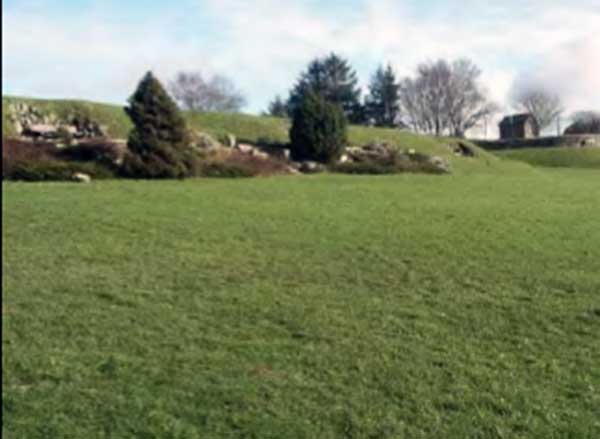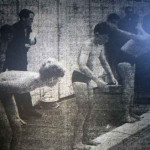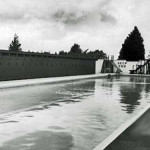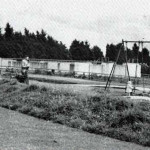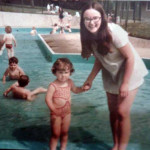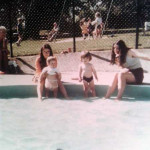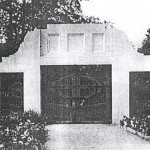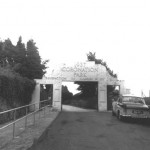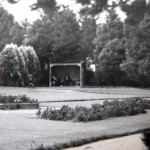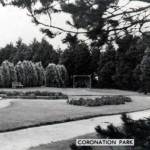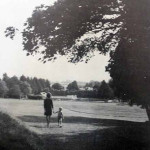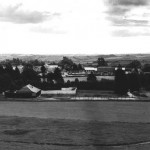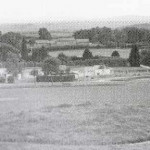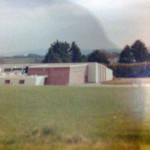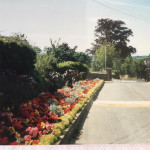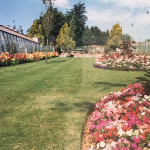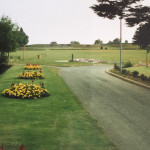.
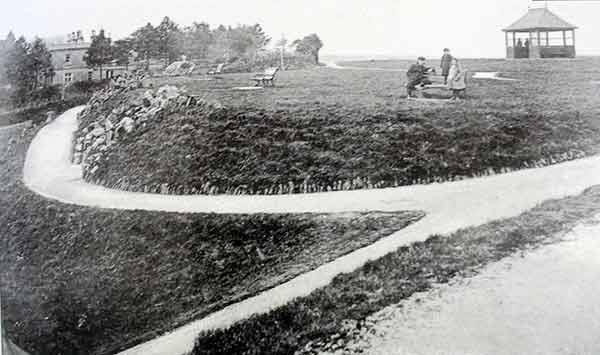
For many years the population of Launceston had the Windmill pleasure grounds (above) for their recreational pleasure. The grounds, with their southerly views, were positioned at the top of Windmill Hill, but in 1936 the wealthy benefactor Mr. Charles Henry Gillbard purchased 4 acres of land adjacent to the pleasure grounds with the aim of turning them into a sports ground and park. He spent a total of £7,000 on the purchase and the construction of the various amenities including a swimming pool and the laying out of tennis courts. He also provided an endowment of £5,000 for future expenditure.
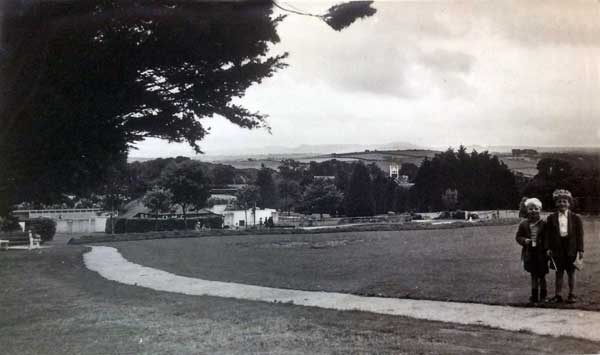
The park was run by the Gillbard trust of which Mr. Edward Gillbard was one of the trustees. His son, John Gillbard recalls his father becoming very angry with the town council for sending rate demands to the trust for Coronation park. Apparently the council believed that the trust was making a profit from charging to use the swimming pool and tennis courts, but in reality the costs of the maintenance and employment of a permanent caretaker living on site, these profits barely covered the expenditure. The park had always been intended as a non profit making facility and things came to a head in 1949 when, in desperation, the trust passed responsibility for the park over to the town council.
For many years Coronation park stayed the same, with its cold outdoor pool gradually showing its age. In the early 1980’s with the park now being run by North Cornwall district council a new facility of indoor swimming pool, Phoenix Leisure Centre, with squash courts and a gym was built on the site of the original pool. A car park was also constructed. During the 1990’s public protests brought about the return of the park to the care of a new Board of Trustees, governed by the Charity Commission. The Trustees are appointed by the Town Council, the District Council and volunteers who are charged with caring for the park in the interests of the inhabitants of Launceston. Some of the rules laid down in 1936 now being redundant in modern life, are now being brought up to date to further the enjoyment of this valuable gift from Mr Gillbard. Over the years the old pool has been rebuilt as a leisure centre containing the swimming pool and other facilities. Due to immense vandalism gardens, trees, seats are all much less than earlier times and poor maintenance of the grounds has led to a poorer use for its true purpose; it is hoped by the Trustees that this can be remedied in the near future. In the late 2000’s at the entrance, a children’s centre was built (below).
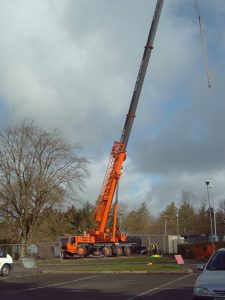
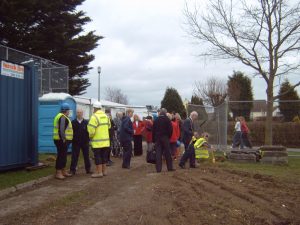
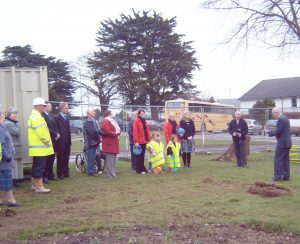
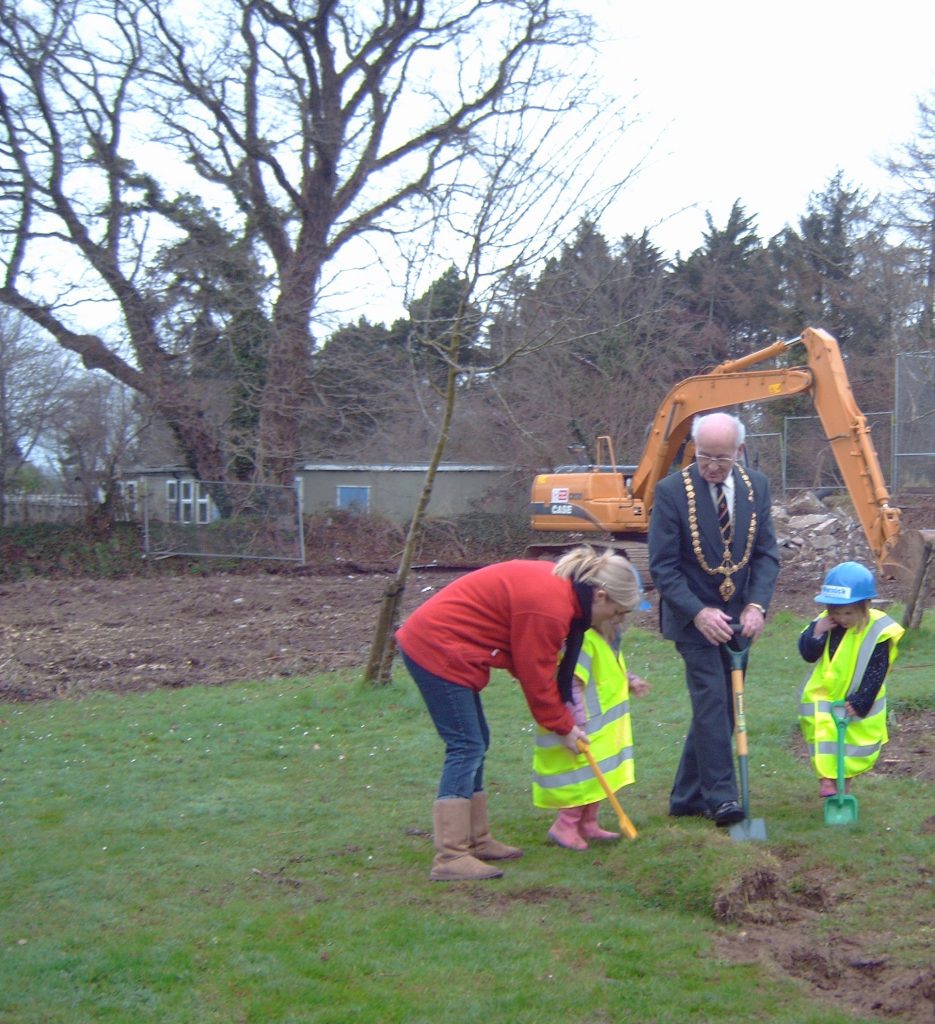

Below how the ‘Cornish and Devon Post’ reported the new park in the March of 1937.

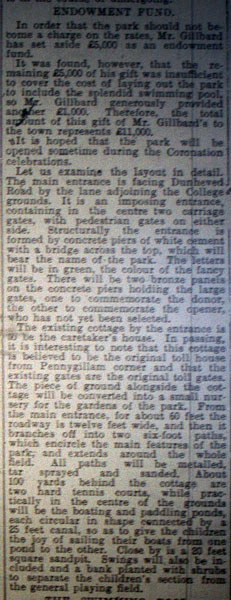
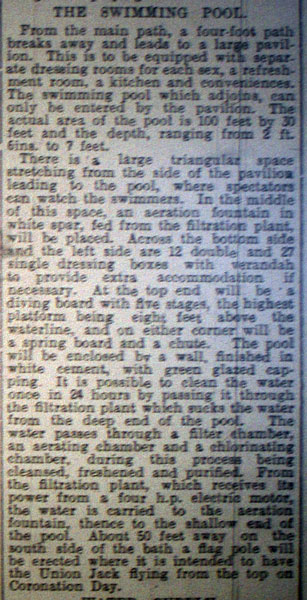
The Battle of Windmill Hill.
At 10 o’clock on the morning of Sunday 23rd April 1643 the little known battle of Windmill Hill began. Royalist earthworks had been thrown up at the summit and lines of musketeers were ranged behind the hedges at its foot. These men were, however, forced back from hedge to hedge and the Parliamentarian guns were hammering the Royalist army. Fortunately for Sir Ralph Hopton (Royalist commander) reinforcements arrived at 11 and by late afternoon the Parliamentarian army was on the defensive, the hedges preventing cavalry attacking the hilltop and the infantry being exhausted from their efforts. They retreated in the evening with great difficulty to Lifton and then Okehampton. This little regarded bank is possibly all that survives from that battle (Below).
Cornish & Devon Post, 3rd September, 1927: Aeroplane At Launceston.
A large number of people visited the Exhibition Field at Launceston on Saturday to inspect the Moth aeroplane which had been flown to the town in the morning. It is the first occasion on which a private aeroplane has landed in the town, and the fact that the pilot was a lady added to the interest.
Mr Usticke, the manager of the B.P. petrol distributing centre at Launceston, was about to go on holiday, and Mr M Spooner, who was at Yeovil, was deputed to relieve him. His sister, Miss WE Spooner, flew her Moth aeroplane from London to Yeovil, picked up Mr Spooner, and came on to Launceston.
With a strong head wind, the machine covered 95 miles in two hours. Miss Spooner’s dog was also a passenger, and on arrival at Launceston, could not be persuaded to leave the machine – it evidently was very keen on flying.
Flights were made on Sunday, and looping the loop and other ‘stunts’ were carried out, but the wind had veered around and was blowing across the field when the machine returned. It was thought advisable to select another and better field, and Miss Spooner decided to alight on the Duchess of Bedford’s aerodrome at Endsleigh. The Moth was based in the aerodrome for the night, and on Monday morning, Miss Spooner took off smoothly and left for London.
Naturally, Mr Spooner had confidence in the petrol which he is responsible for distributing and B.P. was used in the machine throughout the journey.
The Moth has a Cirrus four-cylinder engine of 60 horse-power, two seats with dual control, and Mr Spooner says is easily navigated.
Note: The Exhibition Field was the lower part of today’s Coronation Park.
Coronation Park Gallery.
Visits: 390


